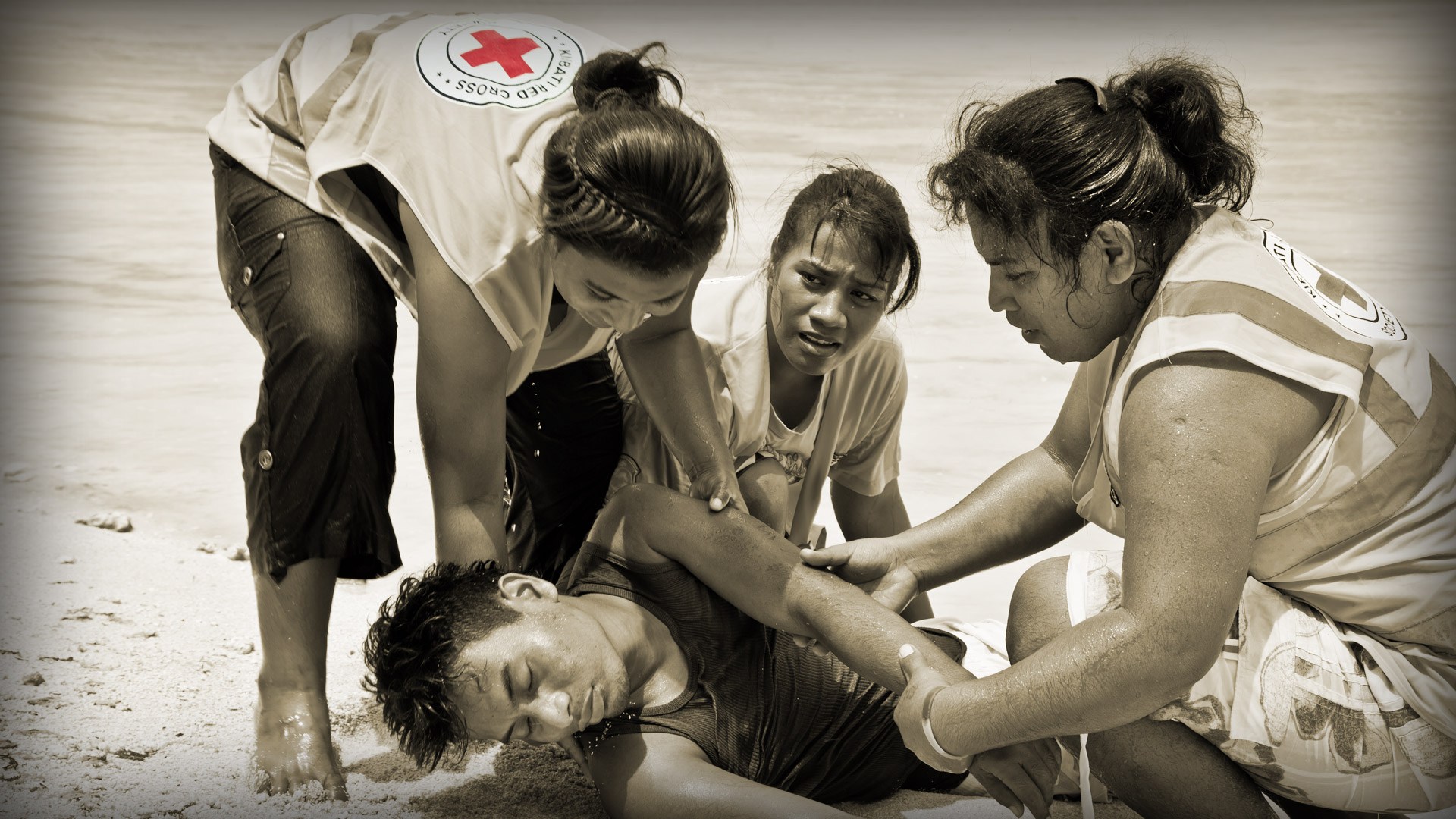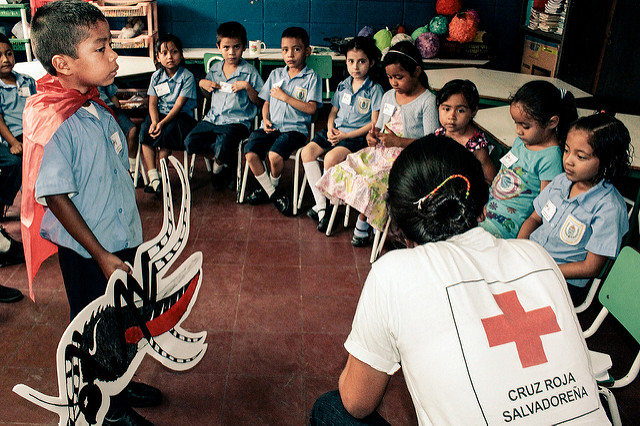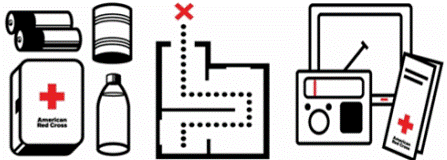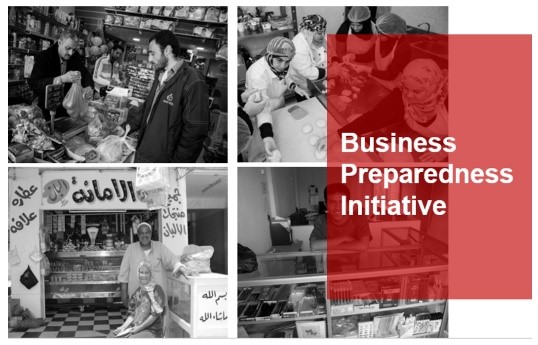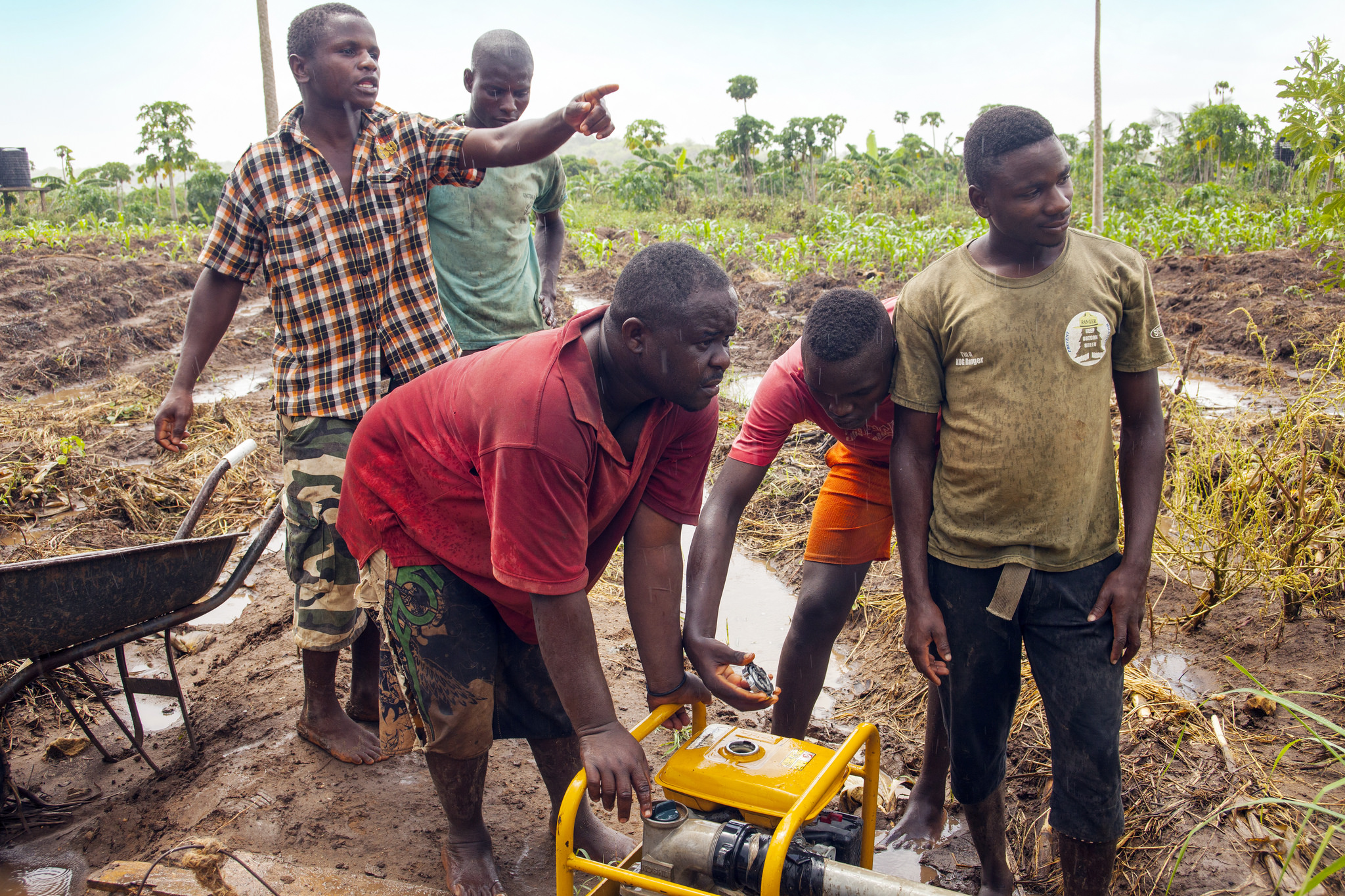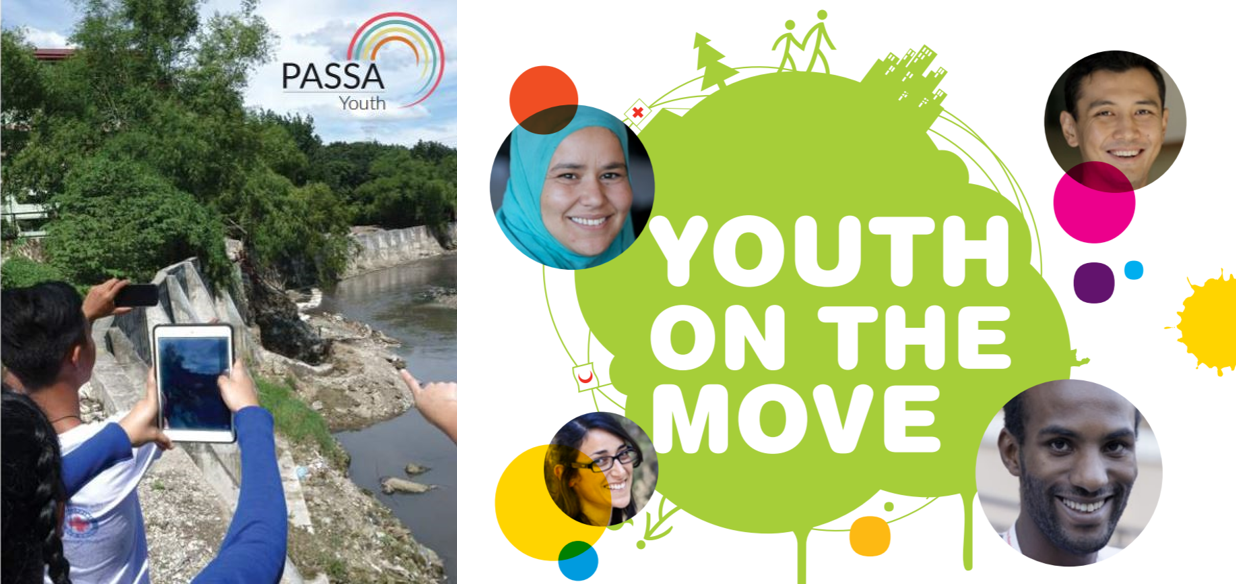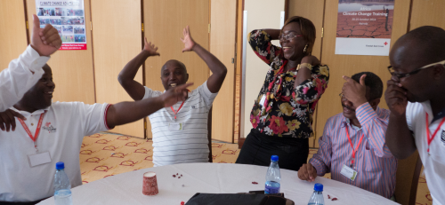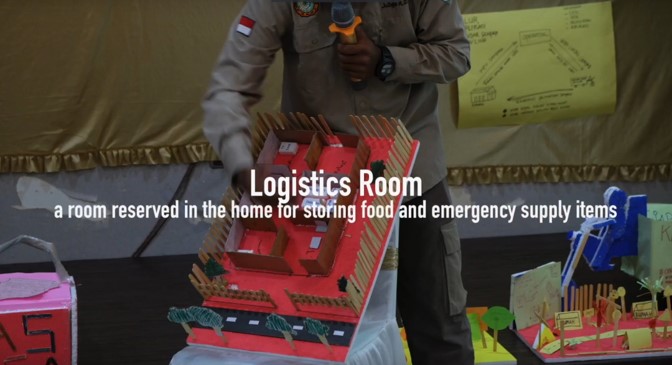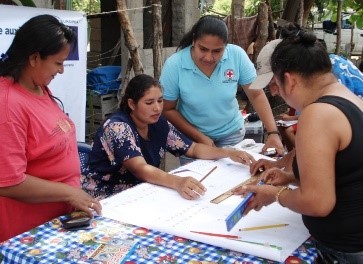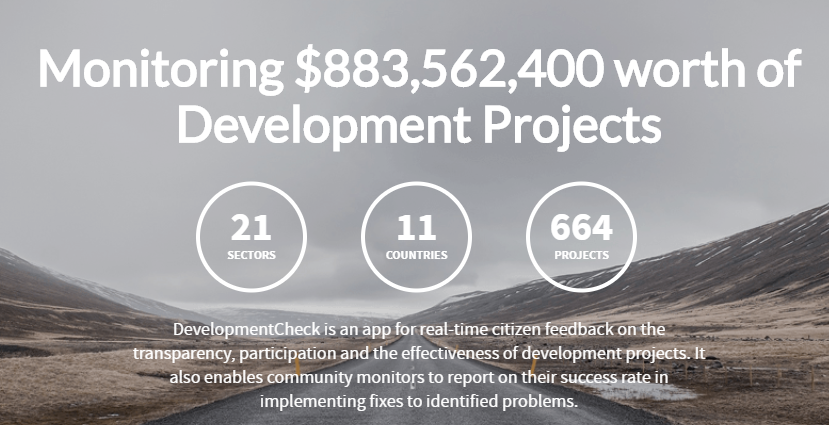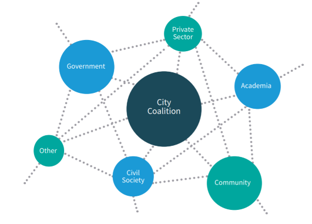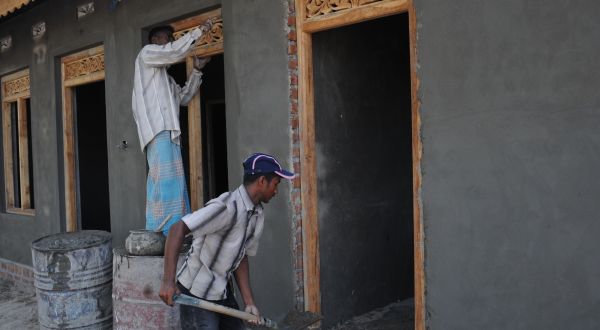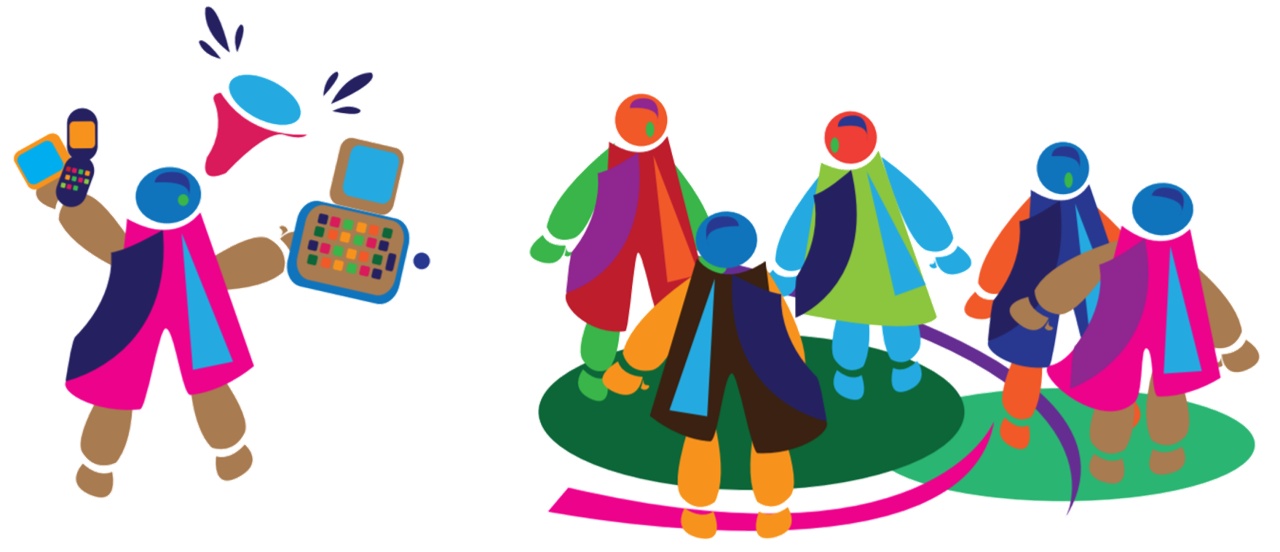[vc_row el_class=”tabbed-section”][vc_column][vc_column_text el_class=”local-action-intro-text”]Here are a few ideas on actions you can take to protect safety, health, and well-being of yourself and those around you.[/vc_column_text][ultimate_modal modal_title=”More background …” modal_on=”text” modal_on_align=”right” read_text=”More background …” overlay_bg_opacity=”80″ el_class=”local-action-more-background”]The actions on this page can be adapted an combined to build local resilience solutions. The actions include guidance and examples that can be used as ingredients in ‘recipes’ for local resilience. The actions include both technical actions (e.g. how to conduct a local risk assessment) as well as organising actions (e.g. how to create a partner coalition or fundraise to support local resilience activities).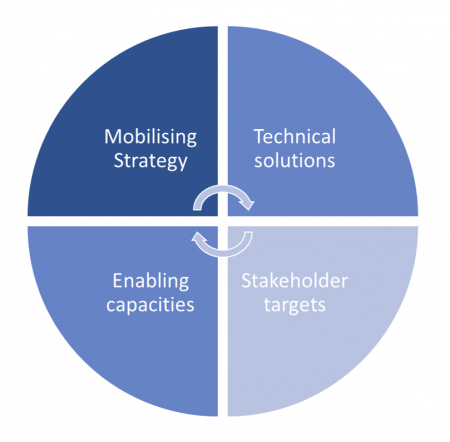 [/ultimate_modal][vc_column_text]
[/ultimate_modal][vc_column_text]
or
[/vc_column_text][ult_tab_element tab_style=”Style_3″ tab_animation=”Fade” tab_background_color=”#ffffff” tab_hover_background_color=”#a5a5a5″ acttab_background=”#a5a5a5″ disp_icon=”Disables” wrapper_margin=”margin-left:0px;”][single_tab title=”In your group” tab_id=”8da274ff-408d-3″][info_list style=”circle with_bg” icon_bg_color=”#1b4959″ icon_color=”#ffffff” font_size_icon=”24″][info_list_item list_title=”Individuals and households” list_icon=”Defaults-user-plus”]Protecting yourself and your family is a natural place to start.
[/info_list_item][info_list_item list_title=”Businesses and private sector” list_icon=”Defaults-truck”]Protecting your business or workplace ensures that your business can keep operating when faced with crises. This protects job security for you and your colleagues and helps ensure the continuity of services that local communities rely on. Addressing risks together with others in the community can reduce threats to your business and strengthen local resilience at the same time.
[/info_list_item][info_list_item list_title=”Youth” list_icon=”Defaults-street-view”]Youth play a key role in leading change and promoting safety, health, and well-being throughout their communities.
[/info_list_item][info_list_item list_title=”Schools” list_icon=”Defaults-bank institution university”]Schools provide important opportunities for learning about safety, health, and well-being. They also need to protect their students, teachers, and staff and the services they provide to communities (e.g. emergency sheltering).
[/info_list_item][info_list_item list_title=”Community organisations” list_icon=”Defaults-group users”]Community organisations, including local service organisations, religious organisations, and local social or business networks, also play key roles in providing services that communities rely on that should be protected.
[/info_list_item][/info_list][/single_tab][single_tab title=”With others” tab_id=”c4dbe072-45d1-2″][info_list style=”circle with_bg” icon_bg_color=”#eaeaea” icon_color=”#dd5d5d” font_size_icon=”24″ icon_border_style=”solid” icon_border_size=”1″ border_color=”#cecece”][info_list_item list_title=”Convene partners” list_icon=”Defaults-group users”]
- Identify existing coalitions or initiatives you can build on
- Identify a starter group of partners
- Map potential partners who can add value
- Invite and engage
- Review existing assessments and secondary data
- Use participatory approaches to review with communities which threats affect them most
- Factor in evolving risk patterns
- Prioritize key threats around which communities are interested to mobilize
[/info_list_item][info_list_item list_title=”Identify solutions” list_icon=”Defaults-search-plus”]
- Strengthening resilience often requires combined solutions.
- The right combination provides an opportunity to link different organizations’ activities to create a whole-of-society approach.
- Sharing solutions on sites like the 1BC website enables others to adapt & apply them.
[/info_list_item][info_list_item list_title=”Create a campaign to mobilise around the solutions” list_icon=”Defaults-comments-o”]
- Plan to mobilize people and communities as a part of the solution.
- Combine social marketing with direct calls to action – steps people, communities, and organizations can take to protect themselves and their communities.
- Identify opportunities for local resourcing to sustain solutions.
[/info_list_item][info_list_item list_title=”Advocate to influence wider decision-making” list_icon=”Defaults-microphone”]
- Identify which solutions can be undertaken by direct action.
- Identify which solutions require indirect action – e.g. advocacy – to influence decision-making by national and local governments, the private sector, and other stakeholders.
[/info_list_item][info_list_item list_title=”Record your contributions” list_icon=”Defaults-edit pencil-square-o”]
- Identify a 1BC target for your country, city, or district. Following the 1 person per household goal, some countries are setting their own target of households to reach to determine their national or local share of the 1 billion people target.
- Record the contributions of your current program activities toward the 1BC goals. 1BC contributions will also be cross-referenced toward the SDGs and the Localization agenda of the Grand Bargain.
- Check back for new tools on recording individual contributions which are in development.
[/info_list_item][/info_list][/single_tab][/ult_tab_element][/vc_column][/vc_row]
